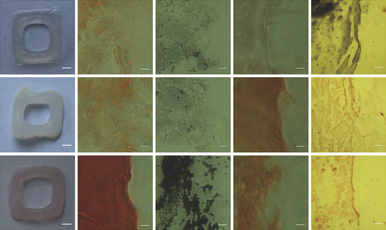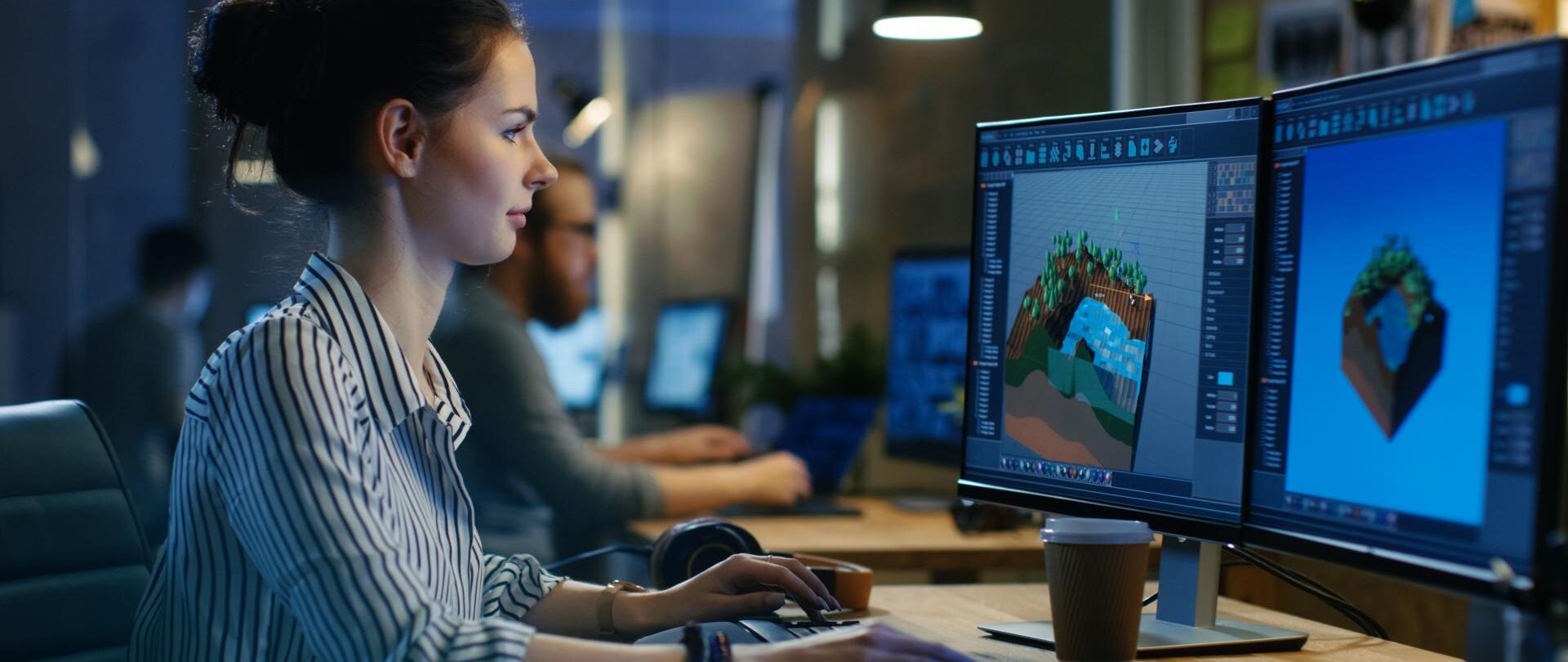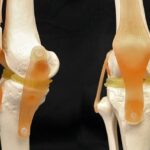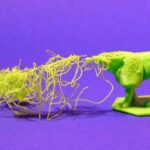

When you first learn about 3D printing, it seems like magic, but when you begin to understand the science and mechanics of it, the concept becomes a lot more logical (although the things that can be created with it continue to astonish). One particular form of 3D printing, however, will never cease to seem like sorcery to me, and that’s bioprinting. I understand how it works, but there’s that part of my brain that still continues to insist that this just shouldn’t be possible.
That disbelief is renewed every time I learn about a new process or material entering the bioprinting sphere – and at the rate the technology is advancing, that’s usually at least a couple times a week. The latest organization to develop a new magic potion – I mean, bioink – is the University of Bristol, which introduced its dual-polymer material to the public this week in a paper published in Advanced Healthcare Materials.
The paper, entitled “3D Bioprinting Using a Templated Porous Bioink,” presents the bioink as a material that could potentially lead to the 3D printing of complex tissues for bone and cartilage implants. Like several of the most promising bioprinting materials, the ink would use the patient’s own stem cells to generate the tissue, which could then be used for knee and hip surgeries.

The newly developed bioink consists of two different polymers: a natural polymer taken from seaweed, and a synthetic polymer used in the medical industry. When the temperature of the bioink is raised, the synthetic polymer causes the ink to change from liquid to solid, while the seaweed polymer offers structural support when cell nutrients are introduced.
“Designing the new bio-ink was extremely challenging. You need a material that is printable, strong enough to maintain its shape when immersed in nutrients, and that is not harmful to the cells. We managed to do this, but there was a lot of trial and error before we cracked the final formulation,” said Dr. Adam Perriman, Research Fellow at Bristol’s School of Cellular and Molecular Medicine and lead researcher on the study. “The special bio-ink formulation was extruded from a retrofitted benchtop 3D printer, as a liquid that transformed to a gel at 37°C, which allowed construction of complex living 3D architectures.”
The retrofitted printer was a MendelMax 2.0, fitted with an extruder head that printed with gel-loaded syringes. The stem cells, embedded into the ink, were differentiated into osteoblasts, which generate bone, and chondrocytes, which form the cellular matrix of cartilage. Over a period of five weeks, the researchers were able to create varied 3D printed tissue structures with the material, including a full-sized tracheal cartilage ring.
“What was really astonishing for us was when the cell nutrients were introduced, the synthetic polymer was completely expelled from the 3D structure, leaving only the stem cells and the natural seaweed polymer,” said Dr. Perriman. “This, in turn, created microscopic pores in the structure, which provided more effective nutrient access for the stem cells.”
Like I said, magic. At least, it has the potential to seem like magic for future patients who may see the material used to create custom implants, printed from their own cells, speeding recovery and reducing or eliminating the risk of rejection and infection. Amazing what can be accomplished with a hacked 3D printer and a bit of seaweed. Let’s discuss this project further over in the University of Bristol Bioprinting forum at 3DPB.com.
If you're looking for affordable 3D visualization services in the USA, our platform provides an ideal solution for all your architectural and real estate needs. Through our service, you can access high-quality 3D renderings at competitive prices without compromising on quality. Whether you need interior visualizations, exterior renderings, or architectural animations, our team ensures that you get professional results that fit within your budget. With our support, you can make your projects visually stunning while saving on costs, all with a quick and straightforward process.
Through our site, you can easily order affordable 3D visualizations for your projects, whether for a residential property, commercial development, or architectural design. We understand the importance of staying within budget, and that's why we offer tailored solutions to ensure you get the best value for your investment. Our experts work efficiently to provide you with realistic, photorealistic 3D images that will elevate your presentations and attract clients, making your property stand out in the market.






